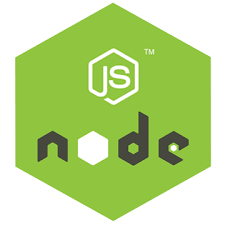nvm is a Node.js version manager that allows users to run multiple versions of Node.js on the same machine. Below are some commonly used nvm commands and their usage:
-
nvm install <version>: Installs the specified version of Node.js. For example, to install Node.js version 14.17.0, run the following command:1nvm install 14.17.0 -
nvm use <version>: Switches to the specified version of Node.js. For instance, to use Node.js version 14.17.0, run:1nvm use 14.17.0 -
nvm ls: Lists all currently installed Node.js versions. -
nvm ls-remote: Displays all available Node.js versions. -
nvm uninstall <version>: Uninstalls the specified version of Node.js. -
nvm alias <name> <version>: Creates an alias for a specified version. For example, to create an aliasdefaultfor Node.js version 14.17.0, use the command:1nvm alias default 14.17.0After running this command, the Node.js version with the alias
defaultwill be automatically used each time you open a terminal. -
nvm current: Shows the version number of the currently active Node.js. -
nvm version: Displays the currently installed version of nvm.
These are some of the commonly used nvm commands and their functionalities. You can run nvm --help or check the nvm documentation for more information.
